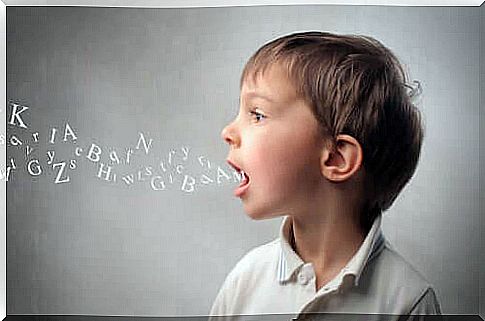Phonological Awareness In Children – Being Parents

Have you ever wondered why we speak a certain way? Or how do children start to say sounds that gradually turn into words? This is what phonological awareness is, which we develop as children without really realizing it.
What is phonological awareness in children?
The concept
Phonological awareness is the basis of all types of oral communication. Without sounds, we wouldn’t be able to verbalize words, let alone ideas.
Although we start to develop this part of language when we are babies, it changes and matures throughout our lives. Improving diction and learning new languages with the corresponding sounds can be examples of this.
Phonology in childhood
But let’s start from the beginning: how to talk to a baby? You are definitely not using the same tone or complexity as when you are talking to someone else. This phenomenon is called baby talk and it is thanks to it that we learn the sounds of our language and the words that compose it in an intuitive way.

Imitation and repetition are essential at this stage. Pronunciation is a complex process that puts many parts of the throat and mouth in motion, so it is not easy to master. For example, when you say “eat” to a baby, he tries to imitate you over and over again until he finds the correct position to make the sound “ge”. In addition, when they learn a new sound, they repeat it themselves several times.
The Effects of Phonological Awareness on Children
Phonological awareness is defined as the ability to access the structure of oral language and to be aware of the phonological segments of words, necessary for learning written language. It is therefore of vital importance to learn to speak correctly during childhood.
In schools, children start with oral exercises, then teachers then teach them the correspondence between sounds and their spelling, letters. Remember that mirror writing is normal at a young age. As they grow older so does the complexity as they learn to write the words and phrases they say.
Little by little, they learn that everything that is said and written does not have to be good, but that there are rules that govern our language. It is at this stage that teachers and parents sometimes realize that children may have some degree of dyslexia, but today that is not a barrier.
Reinforcement of phonological awareness in children
Imitate and repeat
As we said, this is the most used method with babies and children. But, who said it can’t be useful for teens and adults too? It is true that as we age, we take more time to adapt to the new phonological rules, but this is by no means impossible.
We can perfect our pronunciation in our own language or in other languages at any age, all we need is a good example to follow. This can be done by repeating words with similar sounds, such as in tongue twisters, or by imitating another person’s accent and pronunciation. The more children exercise this ability, the easier it will be for them to adapt.

Read
We can improve phonological skills through two forms of reading: reading aloud or listening to a reading aloud and then reproducing it. In addition, if it is a reading with several characters, it is also possible to do a joint reading.
Any form of reading is beneficial. By instilling this habit in children, not only will they benefit when it comes to writing or speaking, but they will also expand their vocabulary, creativity and imagination. On the other hand, they also learn to speak in public.
Experts in diction
Sometimes children have difficulty pronouncing specific sounds. In these cases, the speech-language pathologist is the best option to correct pronunciation and exercise it appropriately.
In addition, the speech therapist and some teachers will be able to advise you on certain exercises to help your child at home. No one is perfect, but we all have the ability to improve.









